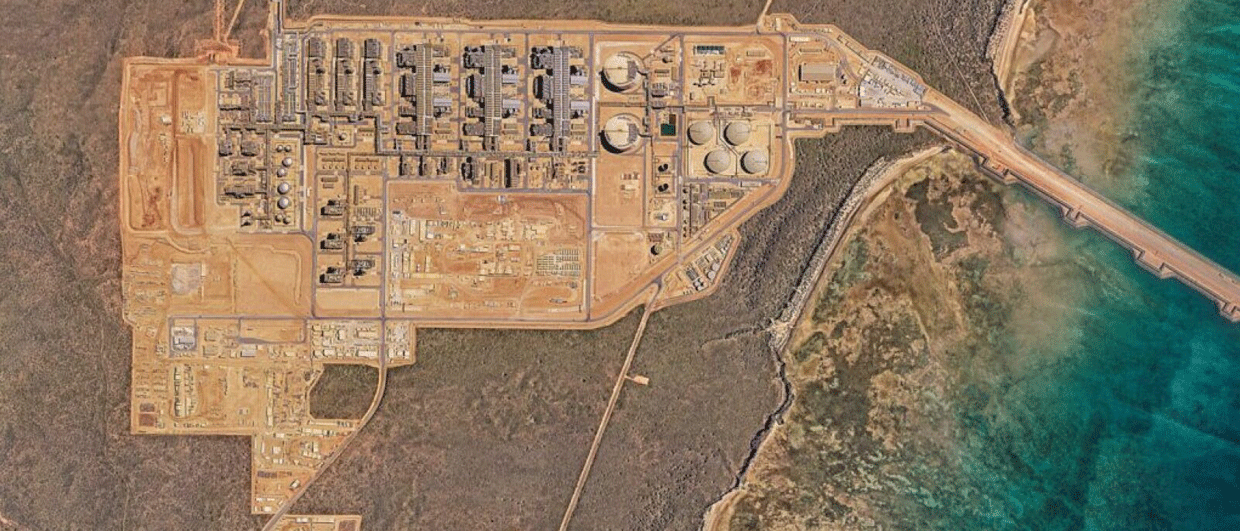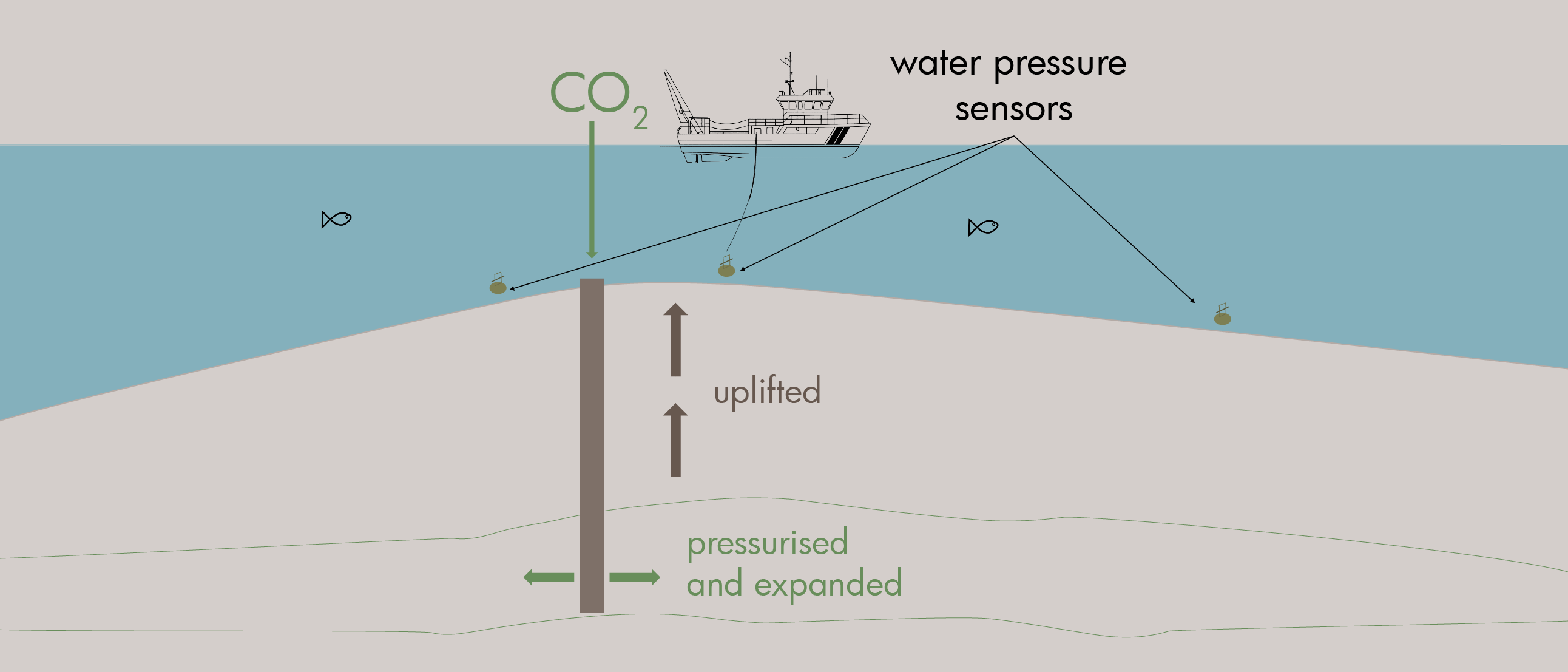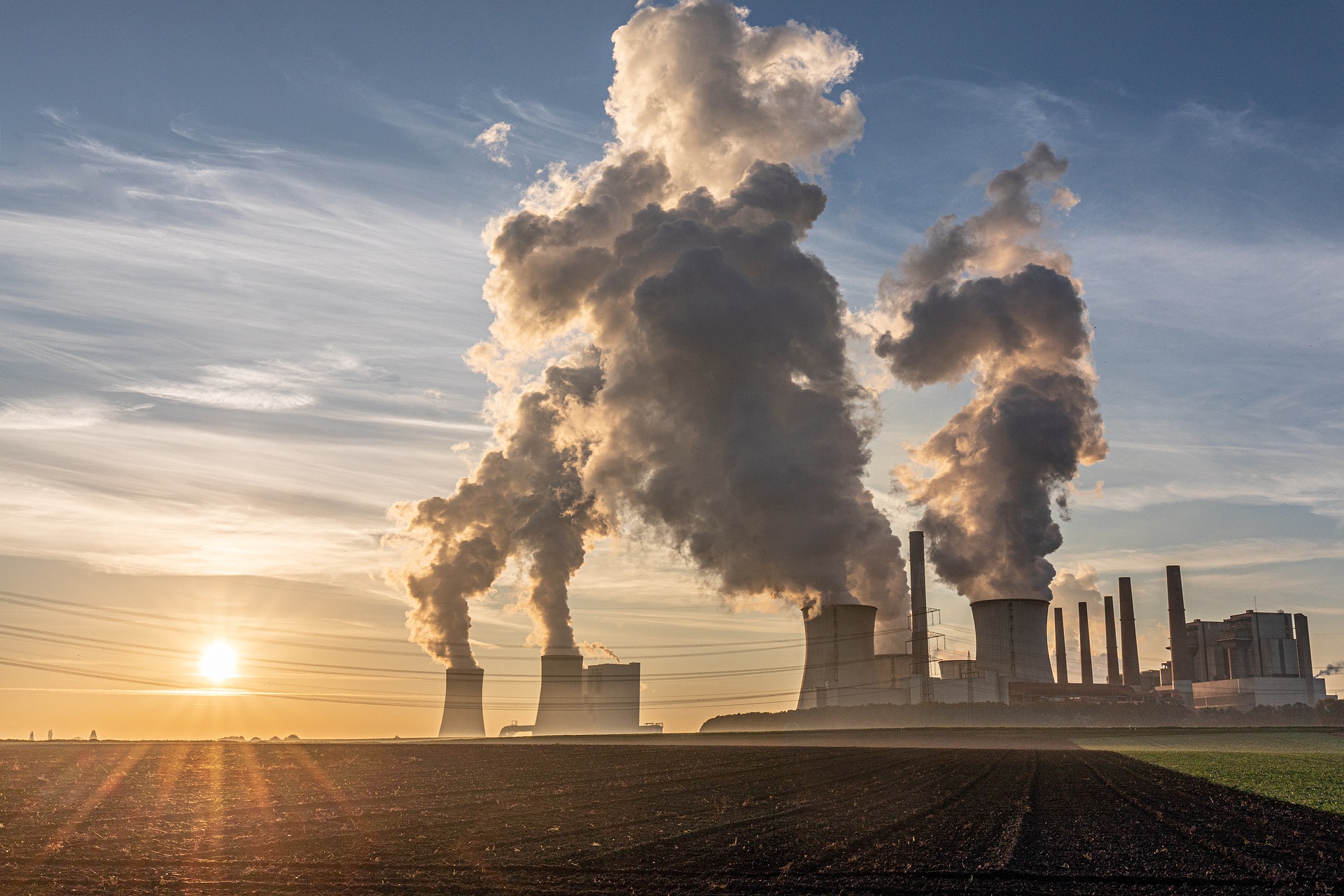The first thing that probably springs to mind when thinking about CO2 injection into the Leman gas field in the UK Southern North Sea is the high number of wells that have been drilled on the field. This amounts to 120 in total, with some of the early ones drilled about 60 years ago.
All the wells that will not be used for injecting CO2 will need to be abandoned in such a way as to comply with the standards for CO2 capture, which means that the cement has to be corrosion-resistant and of sufficient thickness. As the map here shows, which is based on information from the UK National Data Repository, most of the wells have not been abandoned yet (92), which should mean that access to these wells is relatively straightforward given that the platforms are still in place.
But the key is, with such an old field where there are still 28 wells at various stages of abandonment across the field, some of which were drilled and plugged in the 1960s, what is the subsurface situation with regards to the cement and how easy is it to find the documentation to prove that they were plugged correctly? There only needs to be one that does not comply to put the entire project at risk, if leakage is still seen as something that cannot happen.

Injection rates
When injection can start, the rates have to be depressed first, as the operator already wrote in one of their press releases. “The depleted nature of the reservoir means that the pressure is now so low that injection of dense phase CO2 cannot happen straight away”, says reservoir engineer Bob Harrison from Sustainable Ideas Ltd in a message to us. “Transporting CO2 in its dense phase requires high pressure, which must be lowered to inject it safely into a depleted gas reservoir. The pressure drop may induce a phase change and will cause Joule-Thomson cooling that risks hydrates forming in the well and thermal induced fracturing of the reservoir. One way of managing CO2 phase behaviour is to inject in its gaseous form first, meaning that injected volumes will be depressed for quite a long time before the reservoir pressure is up at a level where dense phase CO2 can be injected without a phase change occurring.”
But it is the legacy of some of the wells and obviously the status of the transporting pipelines that will form the biggest concerns for a project of this kind.





